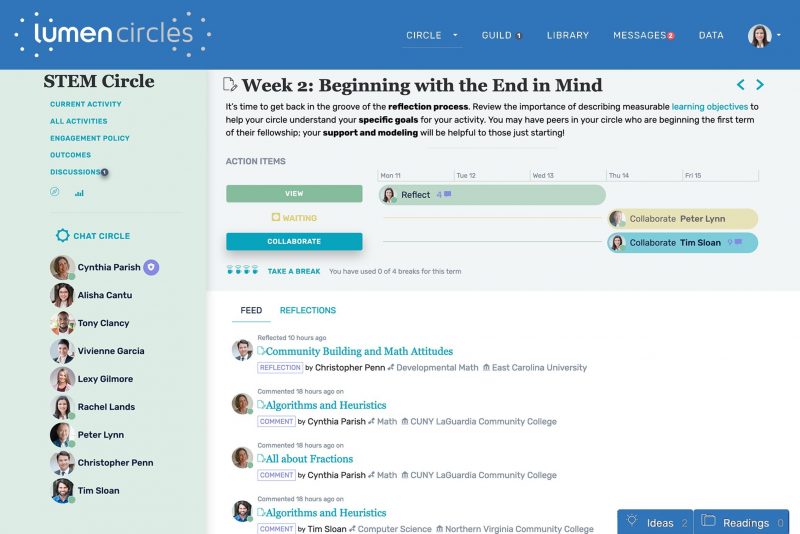

The migration from mainframe to client server, in contrast, has its own unique built models with its own governance, according to Lievano. And there is no intelligent edge without telecoms like Lumen.” However, a link between the cloud and the edge is required.
To put it another way, this vision of intelligent cloud and intelligent edge is heavily reliant on our telecom partners, since they offer the connection that is needed to make it happen. You want the ability to deploy it everywhere, whether it’s an edge site or a public cloud. As of today, the newest technologies are cloud-native concepts. A common misconception among developers is the notion that they can only create apps once. This concept of the intelligent cloud and edge, which he feels is a method to distribute apps across the whole computing canvas to where they’re required, is something he’s heard a lot of conversation about at Microsoft. The edge is an extension of the cloud, according to Lievano, who added that the cloud has altered everything for the better. At this point, we are essentially transferring everything onto the cloud.”ĪI and ML, he said, are now now available and will help to improve the processes for all of the virtual material and interactions that exist. Large PCs and GPUs are required to run the extra goods. The demand for and the total performance requirements are both increasing. Even more processing power is needed in VR headsets for XR headsets and AR-type solutions, he noted. Today’s virtual reality (VR) headsets and displays use a smartphone panel because of the growing need for improved visual fidelity in smartphones. According to O’Brien, “many people don’t understand it was the start of what we see today in the extended reality industry, producing these new forms of immersive goods,” So much of the chipsets and so much of the cellphones were responsible for its development. ASIC chips and GPUs soon developed into smartphone technology, according to the company’s chief executive. He said that HTC was developing motherboards and chipsets utilising immersive silicon for other firms, goods, including PCs.

So, those industrial cycles occurring across decades, the computing cycles occurring across even smaller periods of years, have really led us to this exciting time in the industry.”Īccording to O’Brien, HTC began as an original design manufacturer (ODM) during the Fourth Industrial Revolution. “All these different kinds of business outcomes from the many different ways to leverage the edge. “Now we’re seeing this explosion of all the different sources of data, the different ways to process that data, the different kinds of sensor actuator cycles that can really add a lot of value to customer experiences and industrial efficiency,” Shacochis said. Aside from these points, he highlighted that he was referring to the emergence of mainframes as the beginning of computing power, which was later distributed out to client server models, before being brought back together and consolidated in the cloud. The Fourth Industrial Revolution, he said, had now occurred as a result of this.

While steam power permitted mass production industries, electricity distribution drove the contemporary industrial economy, which in turn ushered in the advent of computing power in the form of microprocessors, according to Shacochis. According to Shacochis, computing power has gone through evolutionary cycles that fluctuate between centralised and distributed models. Chip Swisher, Lumen’s IoT practise manager Rick Lievano, Microsoft’s CTO for the global telecoms sector and Dan O’Brien, HTC Vive’s general manager, were also on the panel. David Shacochis, Lumen’s vice president of product strategy for the enterprise, chaired a panel discussion on edge computing at VentureBeat’s Transform 2022 virtual conference to examine how edge computing is redefining use cases and tactics for some of the industry’s actual giants. By 2028, Linux Foundation’s State of the Edge report estimates that organisations would use edge computing more often. The technology’s ability to preserve bandwidth, speed up reaction times, and allow data processing with less limitations is partly responsible for this. At least 75 percent of security executives are either considering, implementing, or completely implementing an edge use case, according to an AT&T Cybersecurity research. How edge computing is promoting innovation in the areas of hardware, software, and service providersĮdge computing is becoming more important to a growing number of businesses.


 0 kommentar(er)
0 kommentar(er)
